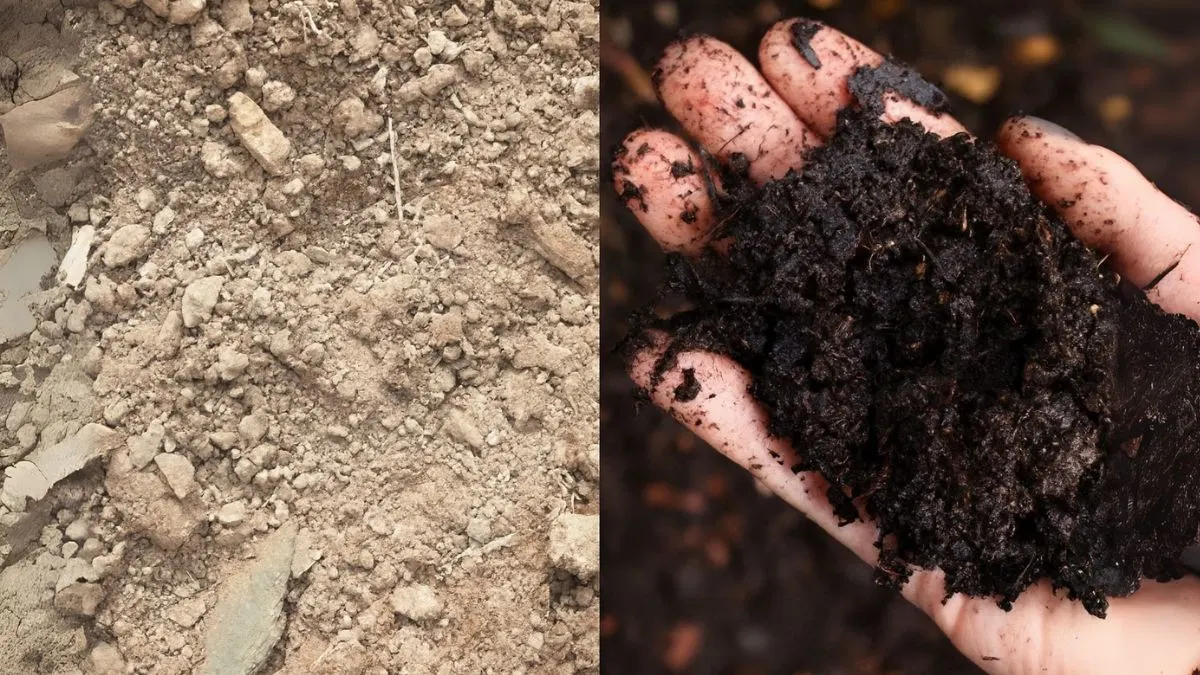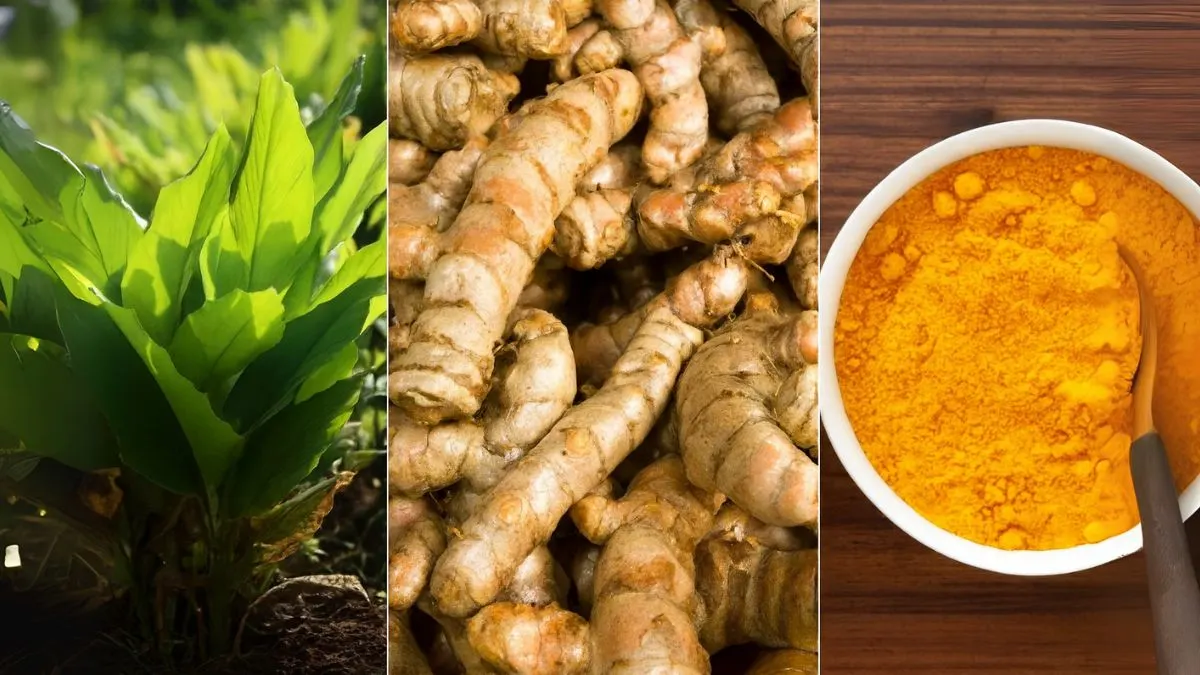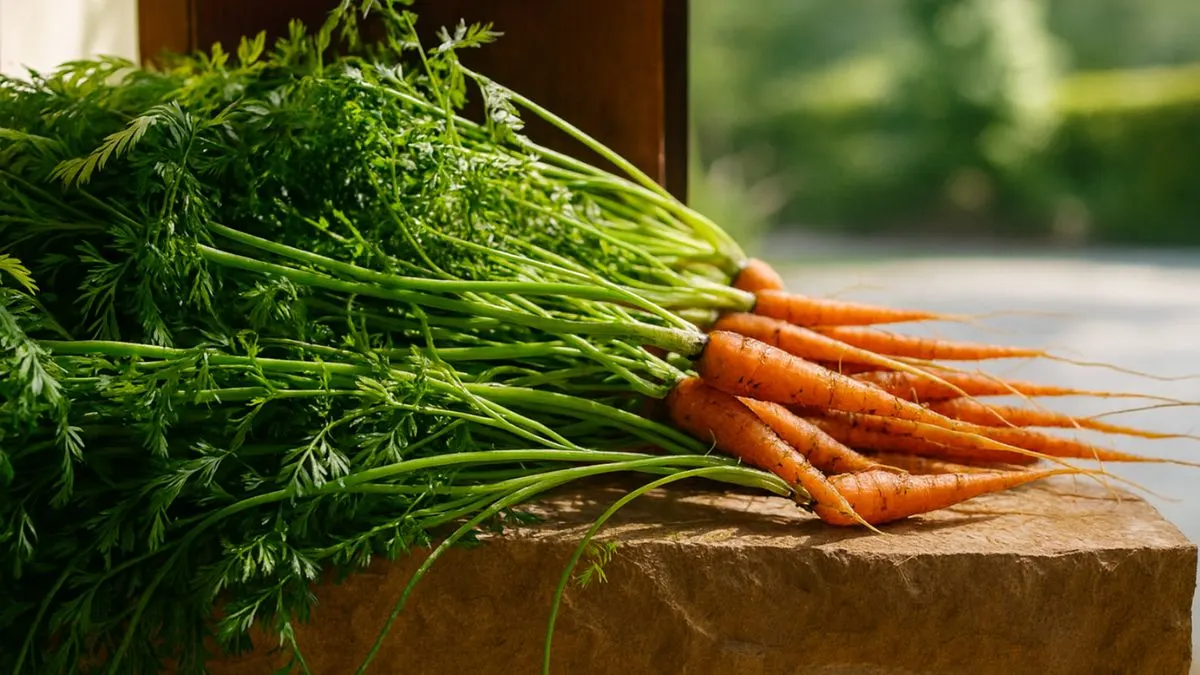Let me confess something upfront—I used to kill my indoor plants with kindness. Overwatering was my love language. Until my snake plant gave me the ultimate wake-up call—brown, mushy leaves and a rotting base.
That’s when I discovered the golden rule: Snake plants prefer neglect over attention.
In this blog, we’ll explore everything about snake plant watering frequency—from seasonal tips to watering techniques. Whether you’re a plant newbie or a proud plant parent, you’ll walk away knowing exactly when and how to water your snake plant the right way.
How Often to Water Snake Plant in Summer
During the warmer months, snake plants are in active growth mode. This means they drink a bit more—but not too much.
Weekly Might Be Too Much
In summer, check your plant every 10–14 days. Don’t go by the schedule alone—go by soil dryness. Stick your finger 2 inches deep into the soil. If it feels dry, it’s time to water your snake plant.
Factors That Affect Summer Watering
| Factor | Impact on Watering Frequency |
| Temperature | Hotter temps mean faster drying |
| Pot Size | Larger pots hold moisture longer |
| Light Exposure | Bright light = more water loss |
| Air Circulation | Better airflow = faster evaporation |
How Often to Water Snake Plant in Winter
In winter, snake plants go semi-dormant. Their metabolism slows, and so should your watering.
Once a Month Rule
During chilly months, water your snake plant just once every 3 to 4 weeks. Trust me—less is more. Overwatering in winter is a common killer.
How to Tell If Your Snake Plant Needs Water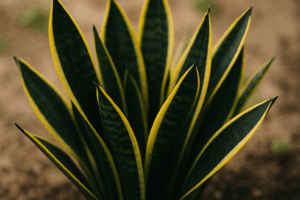
Still unsure? Here are signs your snake plant is thirsty:
- Wrinkling Leaves: They look shriveled or bend inward.
- Drooping: Leaves flop instead of standing tall.
- Soil Test: Dry 2 inches down = time to water.
But beware: yellow leaves, mushy roots, or a musty smell? That’s a red flag for overwatering.
Top vs. Bottom Watering – Which is Better?
Do You Water a Snake Plant from the Top or Bottom?
You can do both, but bottom watering is a favorite among pros.
- Top watering is easier and faster.
- Bottom watering ensures roots get what they need without soaking the crown.
How to Water a Snake Plant from the Bottom
- Place your pot in a tray of water (about 1–2 inches).
- Let it sit for 30–40 minutes.
- Remove and allow excess to drain.
Bottom watering reduces the risk of root rot and gives your plant deep hydration.
How Much to Water a Large Snake Plant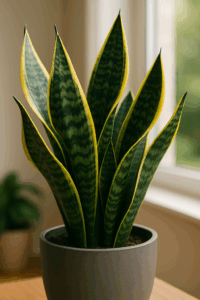
Got a big beauty? Don’t be tempted to drench it.
Even for large ones, it’s not about quantity—it’s about absorption. Pour just enough water to moisten the entire root zone and no more. For oversized pots, deep watering every 2–3 weeks in summer and every 4–5 weeks in winter works best.
Also Read: Pepper Plant Spacing: The Secret to a Healthy, Productive Garden
Bonus Tip: Use a Well-Draining Mix & Pot with Holes
Snake plants hate sitting in water. Always use a well-draining soil mix (add sand or perlite), and ensure your pot has drainage holes. Otherwise, no amount of watering precision can save you from root rot.
A Word for Plant Parents Over 60
This one’s for the wise green thumbs out there.
Many of the 10 American cities that are popular among retirees—like Scottsdale, Sarasota, and even San Jose, California—have dry climates. If you’re in such places, your snake plant watering frequency may vary. Humidity, indoor AC, and heating play big roles. So adjust accordingly.
Fun Plant Fact for Urban Dwellers
Did you know that Lower Manhattan is a lot more expensive than downtown SF, but surprisingly, both are hotspots for urban indoor plant lovers?
Even in one of America’s 10 most expensive cities, the snake plant remains a top pick for city apartments thanks to its low-maintenance watering needs.
When You Respect the Roots, the Plant Thrives
Let your snake plant breathe between sips. Water less, not more. Whether you choose bottom watering, check how to tell if a snake plant needs water, or adapt your schedule from summer to winter, this guide has given you the confidence to grow like a pro.
Do you have questions, or would you like more plant tips like this? Explore our blog for deep dives into indoor plant care!

